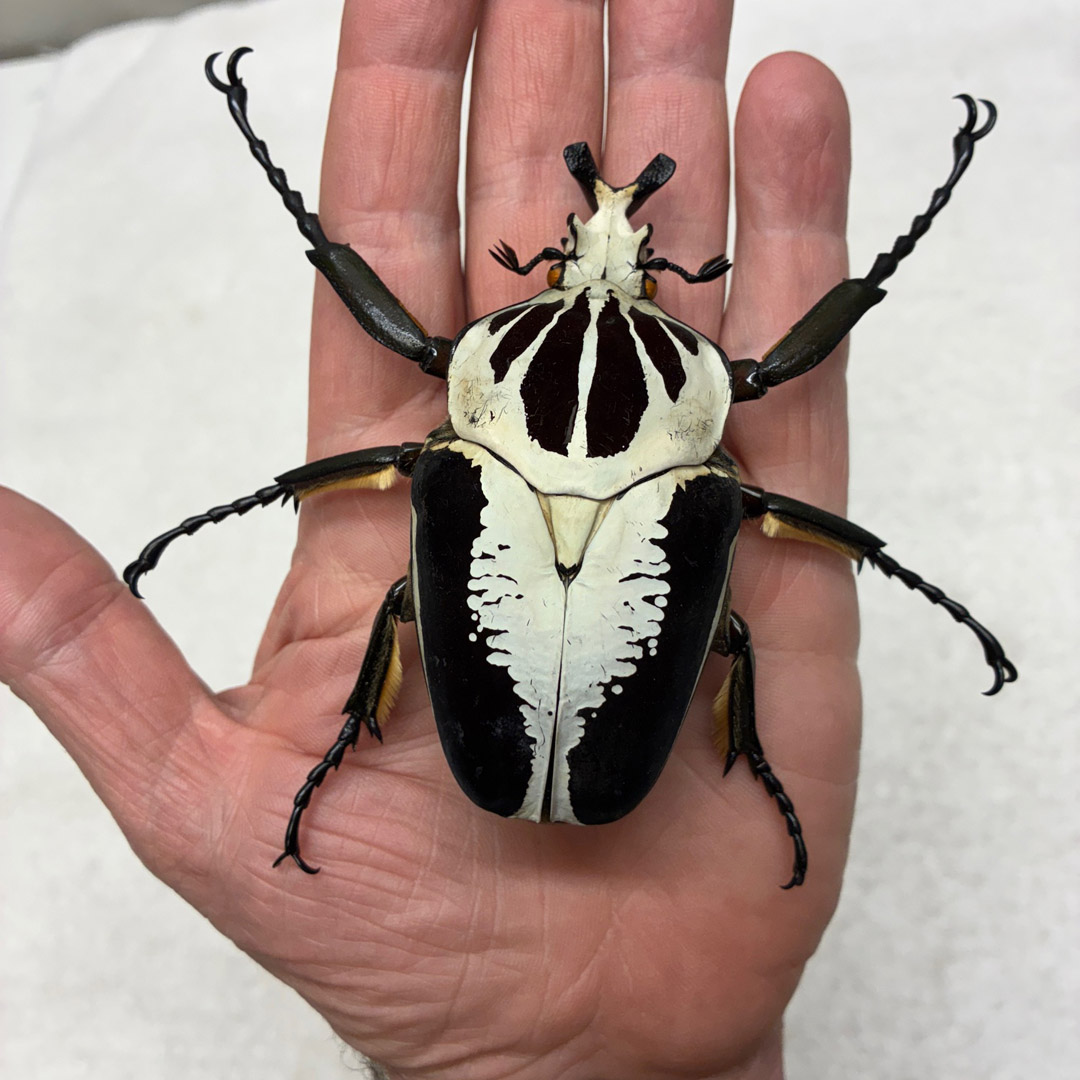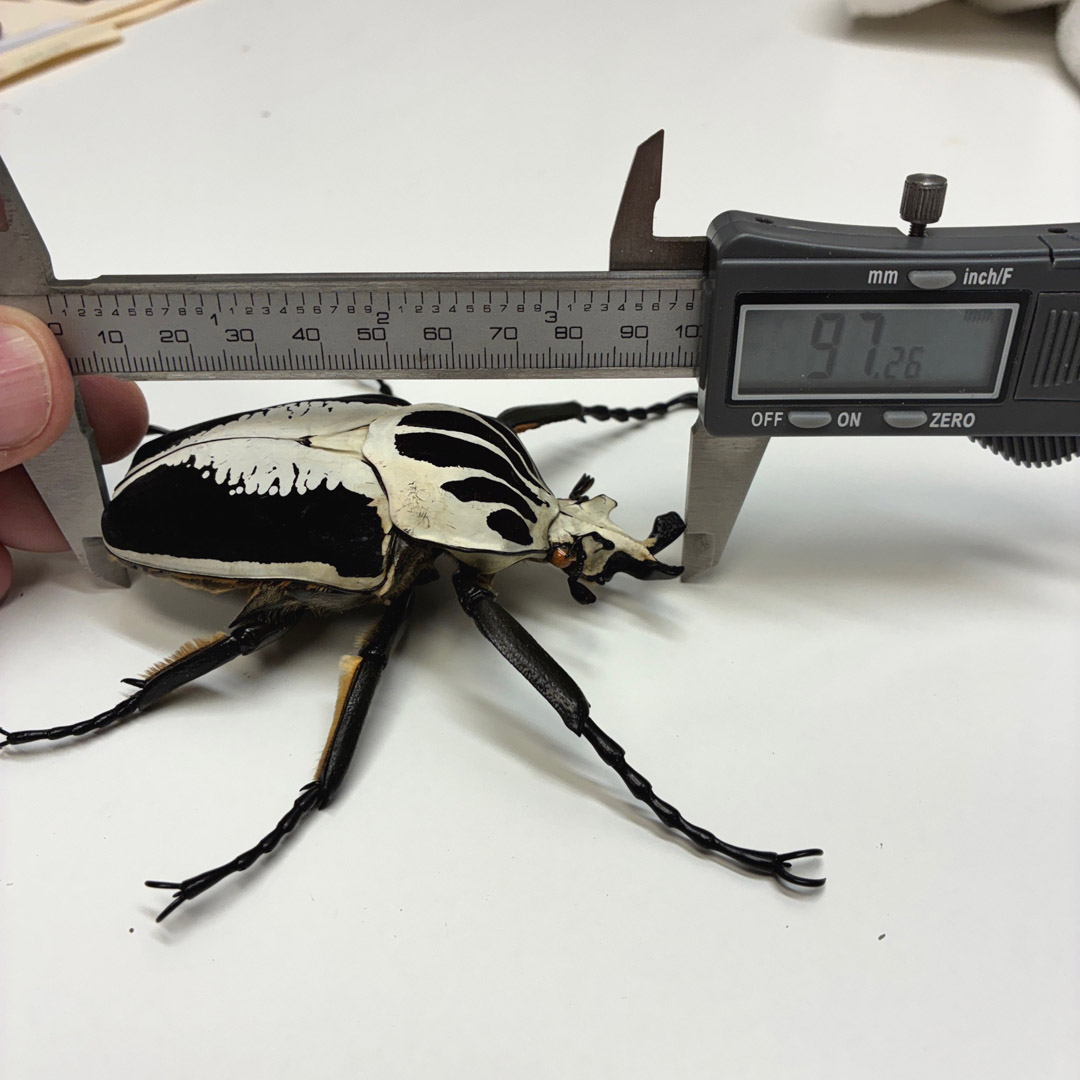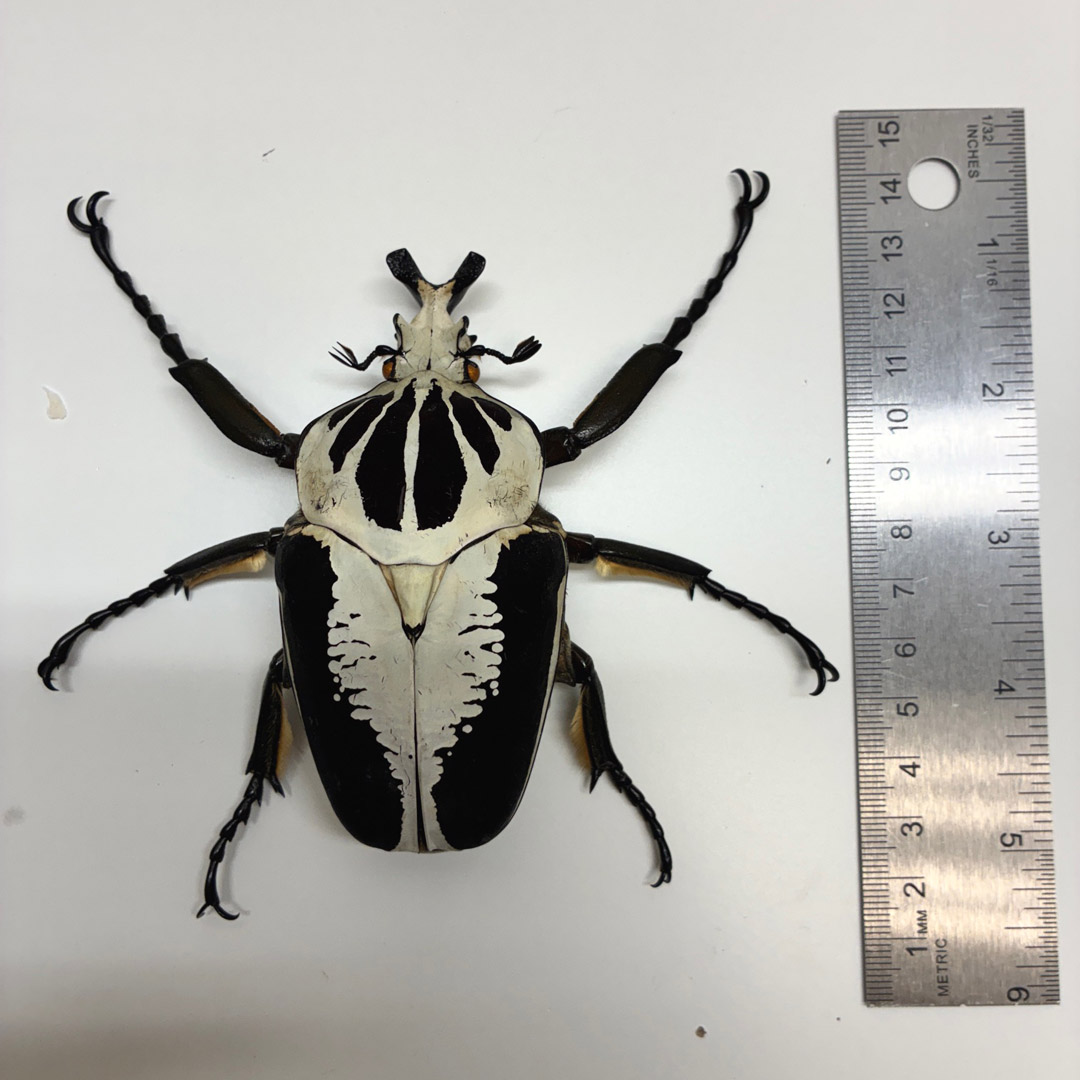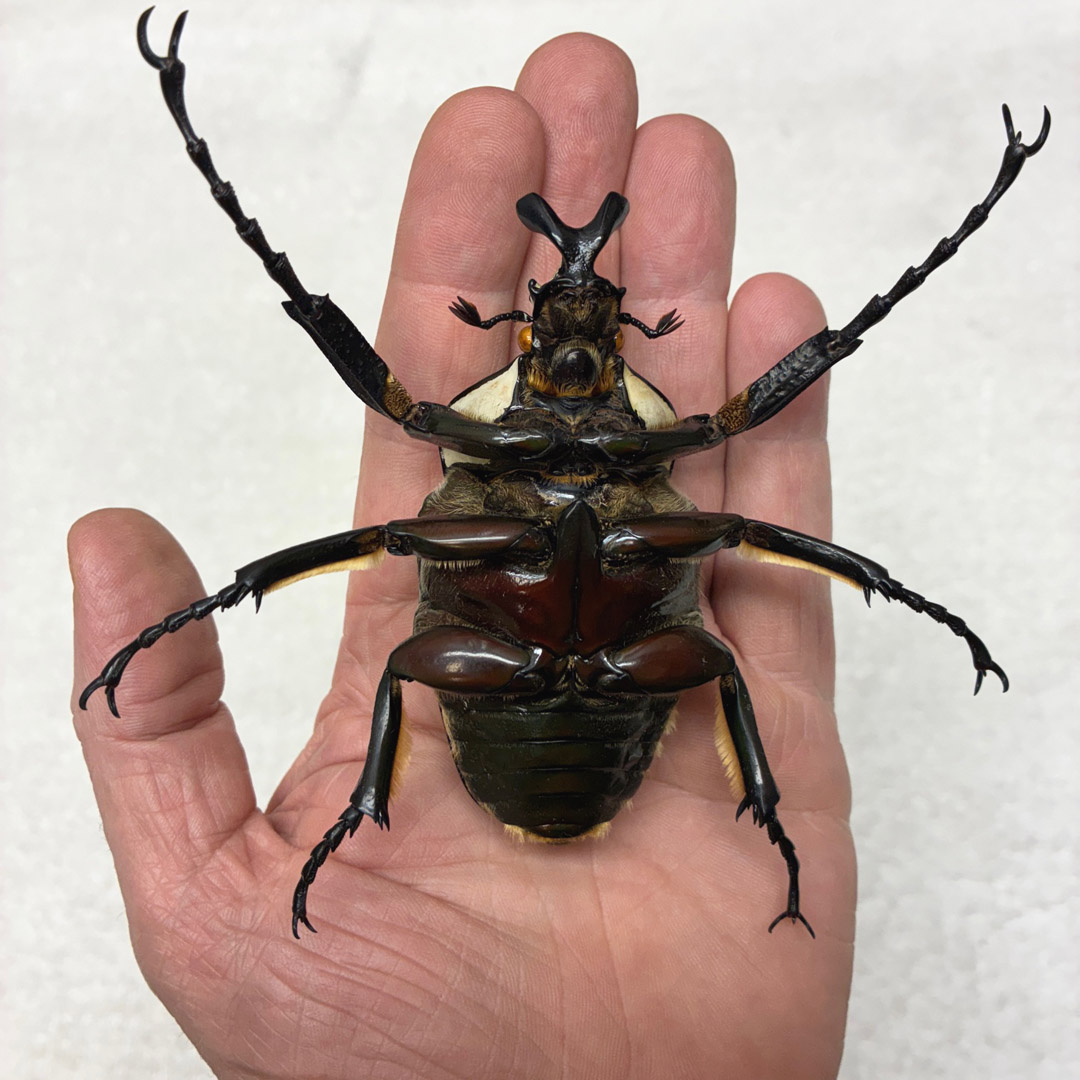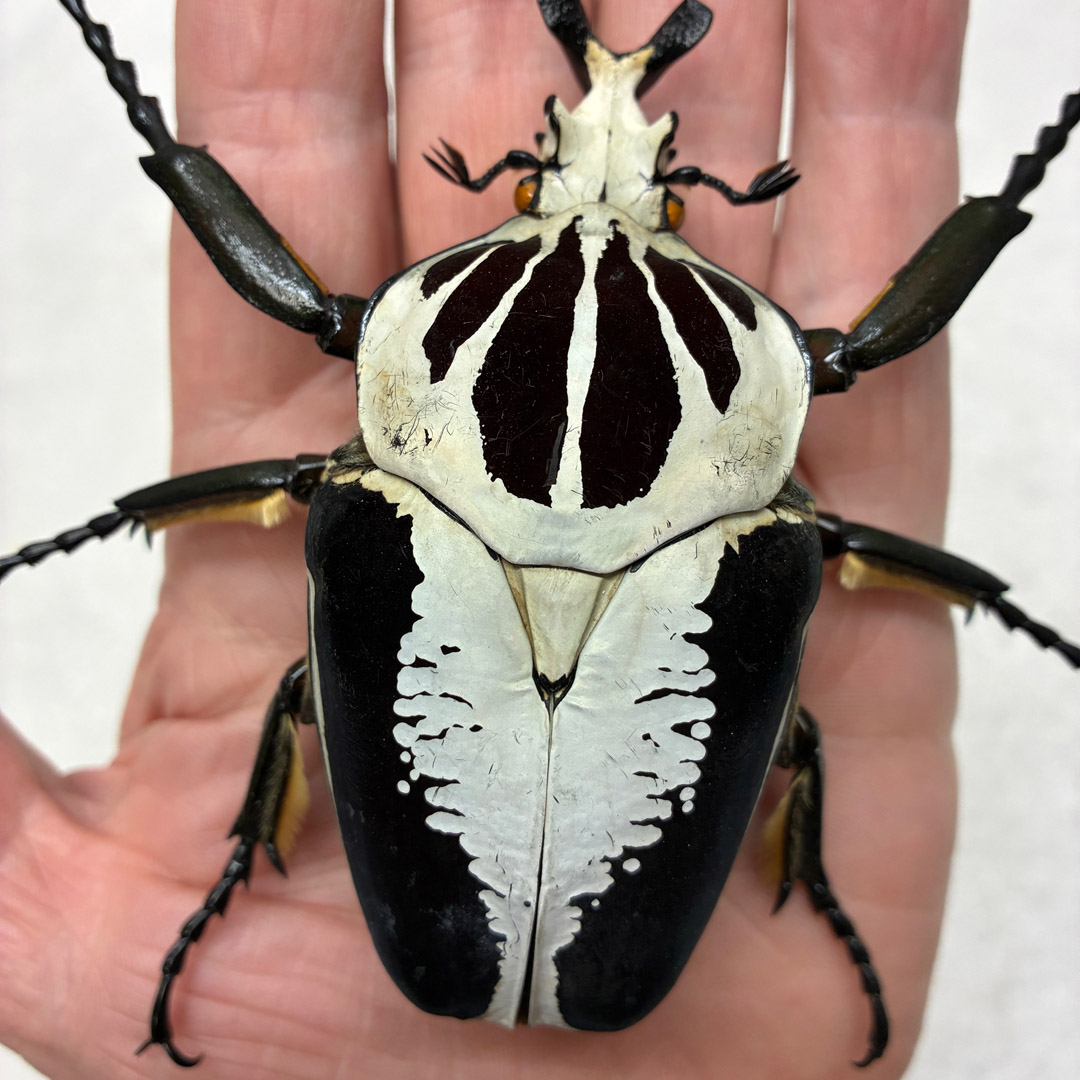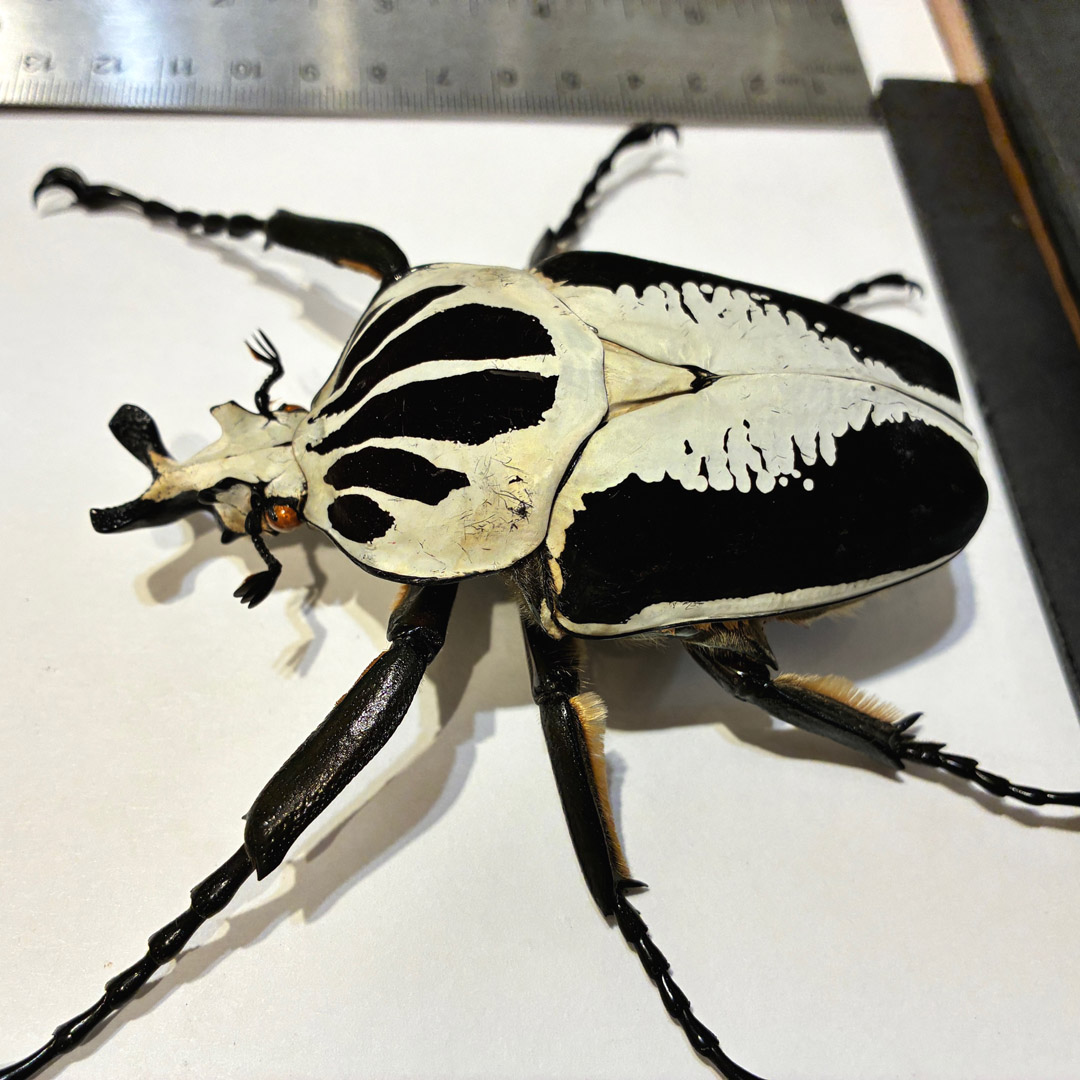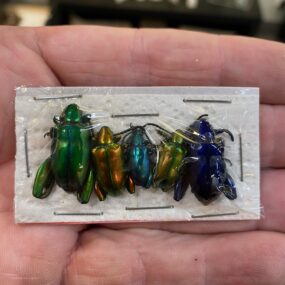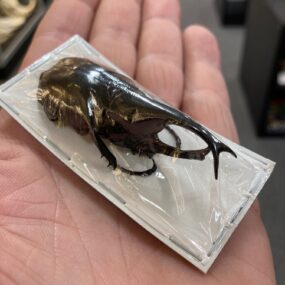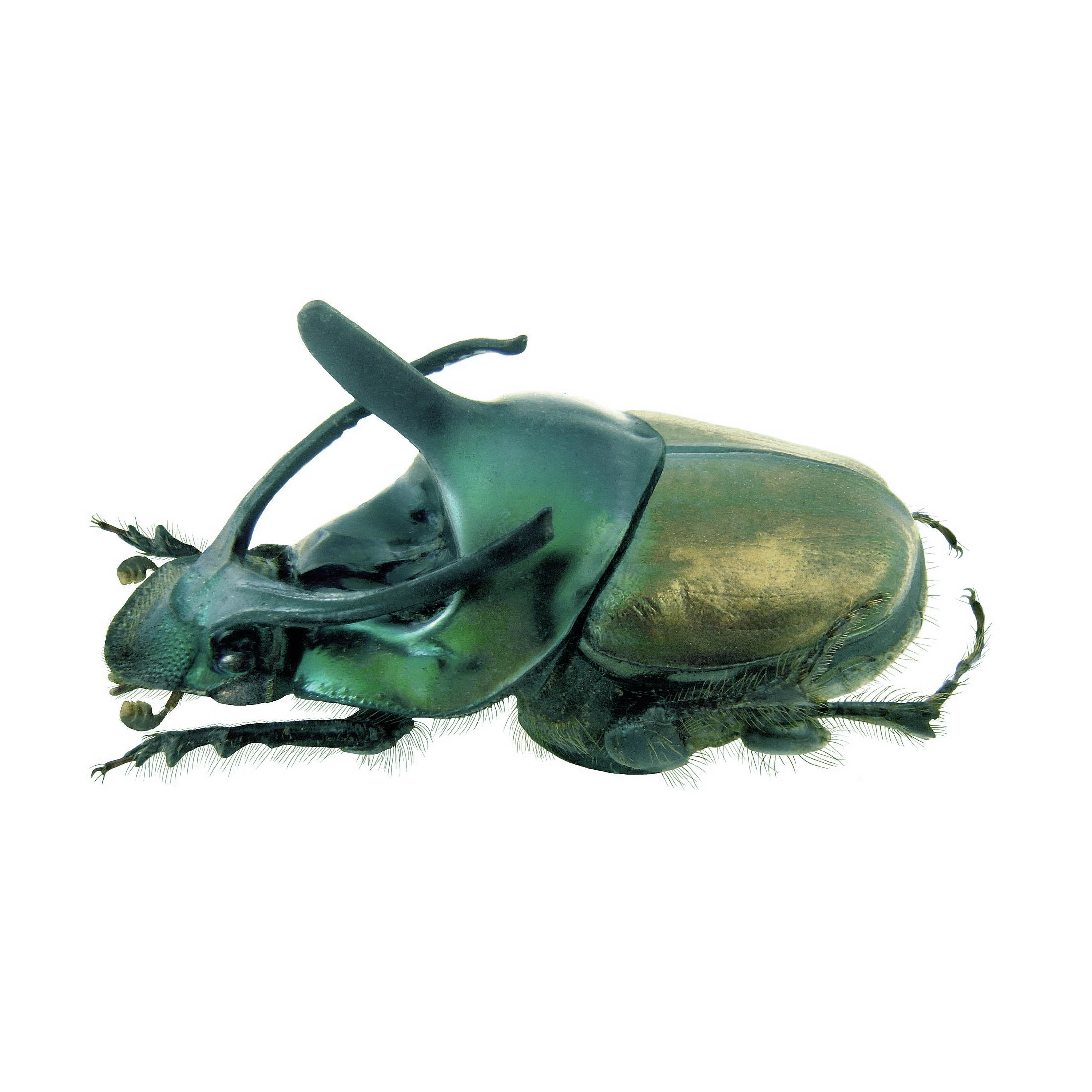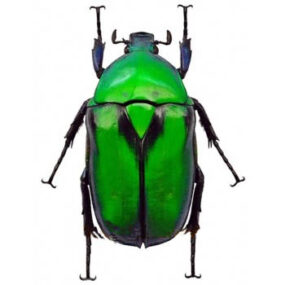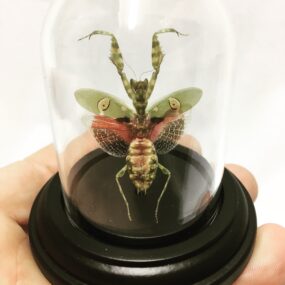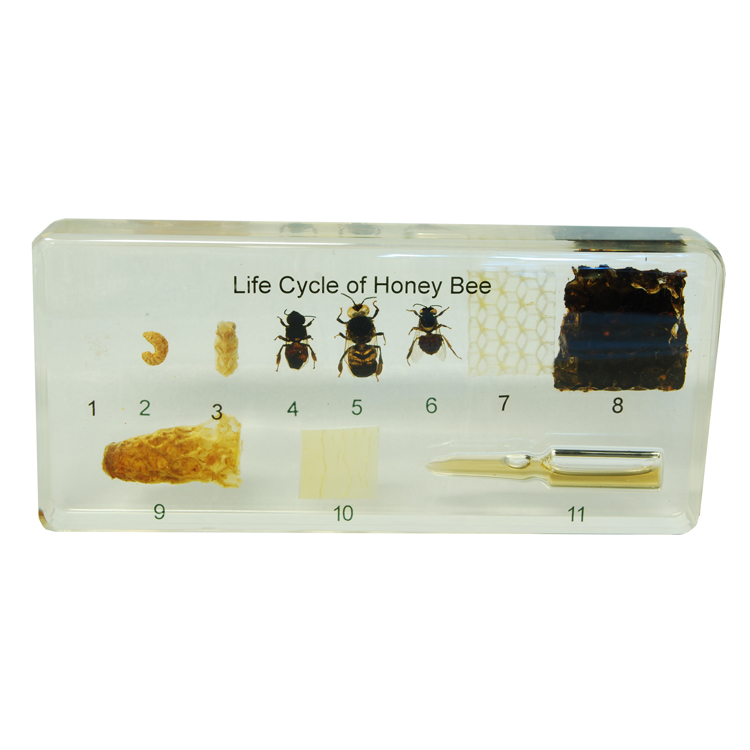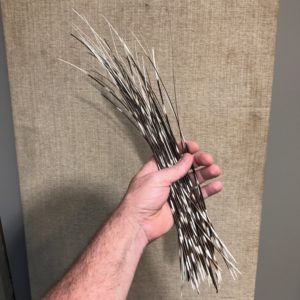Description
Beetle, Goliathus regius, Royal Goliath Beetle, Beautiful Male Specimen. There are 6 species of Goliath Beetles, all from Africa, and this species is one of the largest of the genus Goliathus.
You will receive the exact specimen shown, in the position shown. It is 97.2mm long from tip of abdomen to tip of horn. This specimen is from a old collection.
The Goliath beetle (Goliathus regius) is one of the most striking and massive insects in the world, known for its awe-inspiring size, strength, and beauty. It belongs to the family Scarabaeidae and is native to the rainforests of Central Africa, particularly around countries like Cameroon, Gabon, and the Democratic Republic of Congo.
Key Facts About the Goliath Beetle:
- Size: One of the largest beetles on Earth, Goliathus regius can grow up to 4.3 inches (11 cm) in length, and some specimens can weigh as much as 3.5 ounces (100 grams). Their size and weight are truly remarkable for an insect.
- Color: They have a stunning coloration, often a mix of white, black, and shades of brown. Their elytra (the hard wing covers) can have striking patterns, and the males, in particular, are often more colorful than the females. The iridescent sheen adds to their beauty.
- Life Cycle: The lifecycle of a Goliath beetle involves a larval stage, which is typically spent underground, feeding on decaying plant matter, before pupating and emerging as the adult beetle. The larvae can live for several months or even up to a year before reaching adulthood. After emerging as adults, Goliaths live for around 3 to 4 months, during which they are most active.
- Diet: Adult Goliath beetles are herbivores, feeding on leaves, fruit, and tree bark. The larvae, however, are detritivores, consuming decaying wood and organic matter in the soil. This diet allows them to contribute to the ecosystem by helping break down organic materials.
- Strength: Goliath beetles are incredibly strong for their size, capable of lifting objects that are 850 times their body weight! This is a testament to their powerful musculature, which helps them carry out tasks like digging and foraging.
- Behavior: Male Goliath beetles are especially notable for their large horns, which they use in combat with other males during the breeding season. The horns are used to fight for mates, and the males that possess the largest and most impressive horns usually have better chances of attracting females.
- Lifespan: The adult Goliath beetle has a relatively short life span, living only about 3 to 4 months in its adult stage, but the larvae stage can last over a year.
- Role in Ecosystem: As adults, these beetles are part of the nutrient cycle, eating plant material and acting as prey for various predators. Their larvae, feeding on decaying organic matter, help break it down and recycle nutrients back into the soil.
Interesting Tidbits:
- Notable Size Comparisons: Their size often leads to them being compared to a small bird or even a mouse in weight. When you see one in person, it’s hard not to be impressed by their sheer bulk!
- Cultural Significance: In some African cultures, the Goliath beetle is regarded as a symbol of strength and power. Due to their size and rarity, they are sometimes kept as pets, though they require specialized care because of their unique habitat and diet needs.
- Flight: Although large and heavy, Goliath beetles are capable of flying. Their wings can span up to 7 inches (18 cm) across, and they can fly short distances in search of mates or food.
If you ever get the chance to see one of these giant beetles, you’ll definitely understand why they earned the title of “Goliath”!


